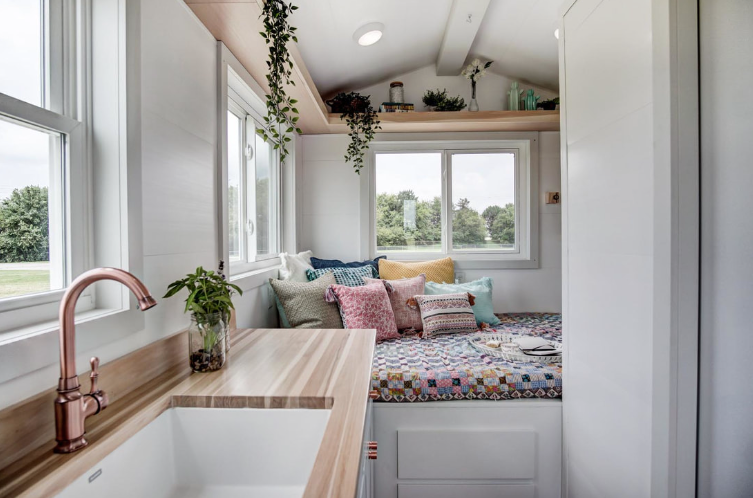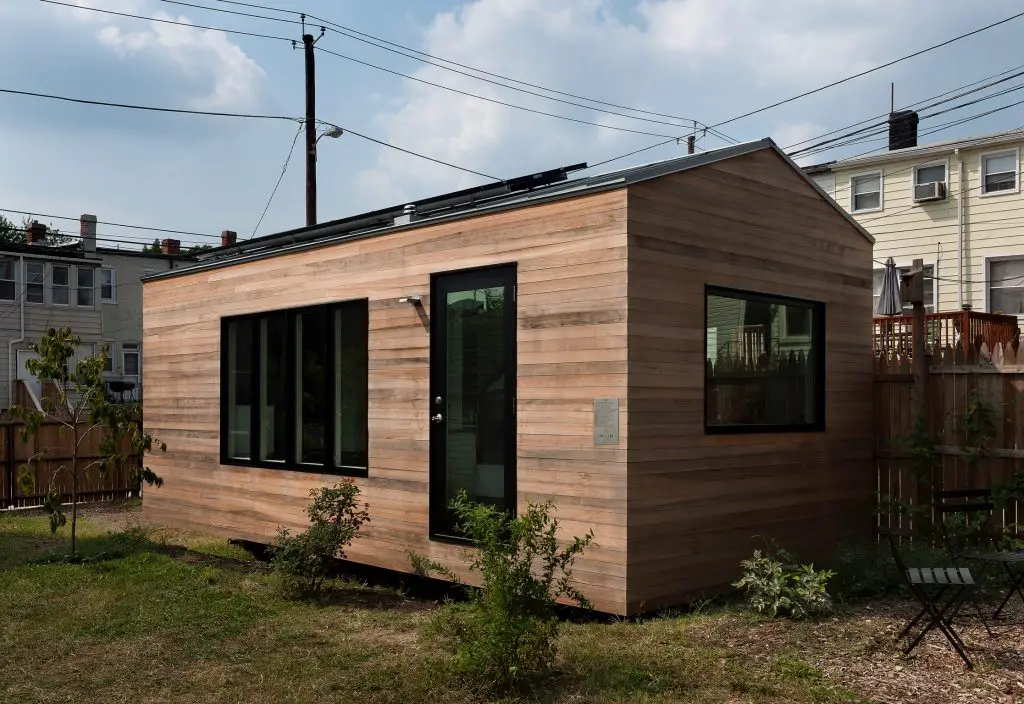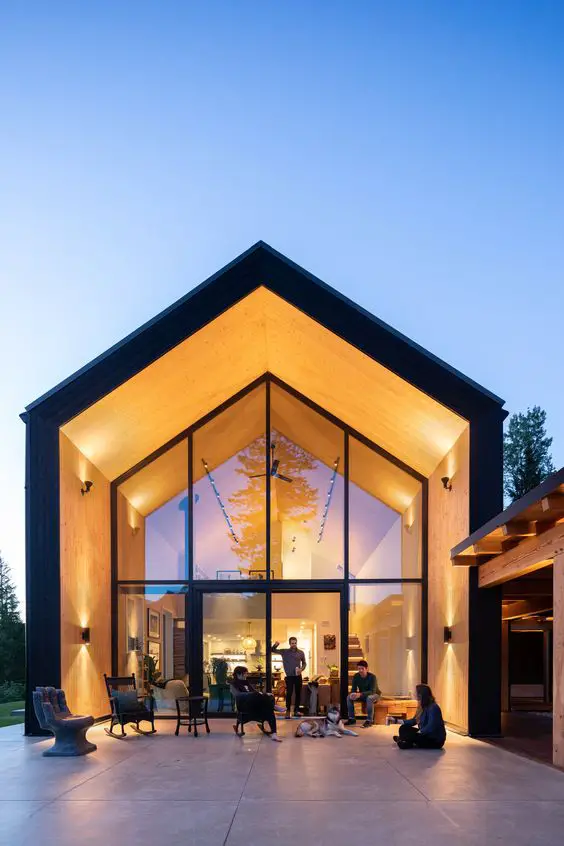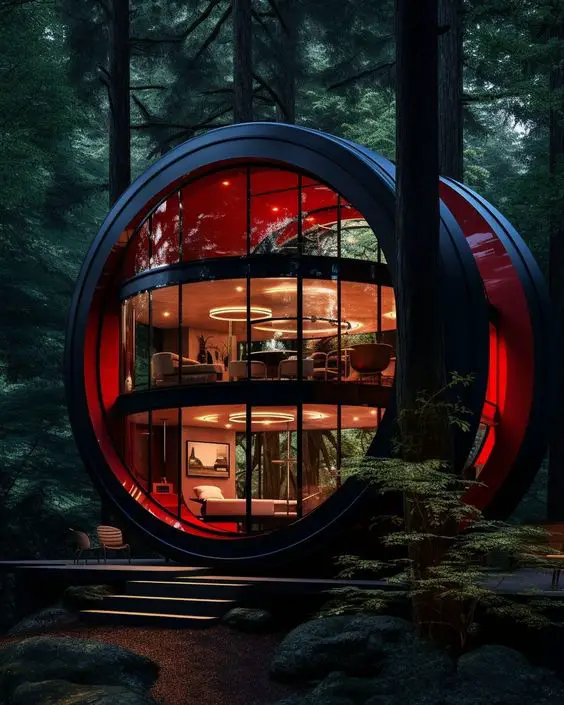Spread the love !
Can You Permanently Live in a Tiny Home? Exploring the Feasibility and Lifestyle Considerations
Introduction:
The tiny house movement has gained significant traction in recent years, offering a minimalist lifestyle and the promise of financial freedom. But can you truly live permanently in a tiny home? In this article, we’ll delve into the feasibility and lifestyle considerations of making a tiny house your permanent residence.
The Appeal of Tiny Homes:
Tiny homes, typically defined as dwellings under 400 square feet, offer numerous advantages. They are more affordable than traditional houses, require less maintenance, and have a smaller environmental footprint. Additionally, they promote a simplified lifestyle, focusing on essentials and reducing material possessions.
Feasibility of Permanent Living:
While the idea of living in a tiny home full-time is appealing to many, several practical considerations must be addressed. One of the primary challenges is zoning and legal regulations. Many areas have minimum size requirements for dwellings, making it difficult to legally live in a tiny home on a permanent basis. However, some communities are embracing the tiny house movement and adapting regulations to accommodate it.
Another consideration is space limitations. Living in a tiny home requires careful planning and organization to maximize space efficiency. Storage solutions, multifunctional furniture, and creative design are essential for comfortable living in a compact space. Additionally, utilities such as water, electricity, and sewage must be carefully managed, especially in off-grid tiny homes.
Lifestyle Considerations:
Choosing to live in a tiny home also entails significant lifestyle adjustments. Embracing minimalism and downsizing possessions is a fundamental aspect of tiny house living. It requires a shift in mindset towards valuing experiences over material possessions and prioritizing what truly matters.
Furthermore, living in close quarters with limited privacy can be challenging for some individuals or families. It’s essential to consider whether the intimate living environment of a tiny home aligns with your lifestyle preferences and personal boundaries.
Benefits of Tiny Home Living:
Despite the challenges, many people find that the benefits of tiny home living outweigh the drawbacks. Financial freedom, reduced environmental impact, and the opportunity for a simpler, more intentional lifestyle are compelling reasons to embrace tiny house living. Additionally, tiny homes offer greater flexibility and mobility, allowing occupants to easily relocate or travel.
Conclusion:
Living permanently in a tiny home is a feasible option for those willing to embrace the challenges and lifestyle adjustments it entails. While there are legal, practical, and lifestyle considerations to navigate, many people find fulfillment and satisfaction in the minimalist lifestyle and freedom that tiny homes offer. Ultimately, the decision to live in a tiny home requires careful consideration of individual preferences, priorities, and practicalities.





